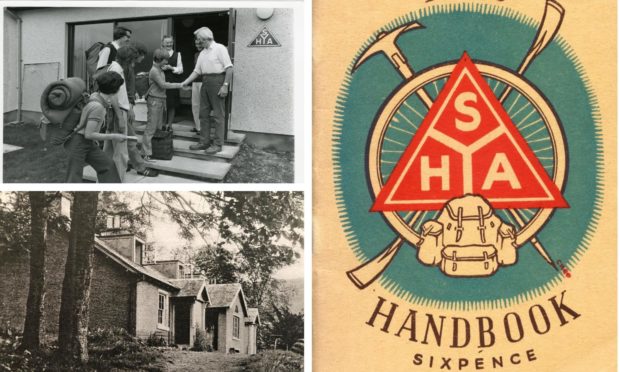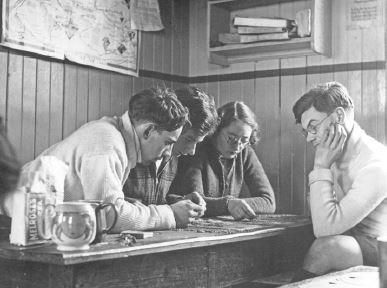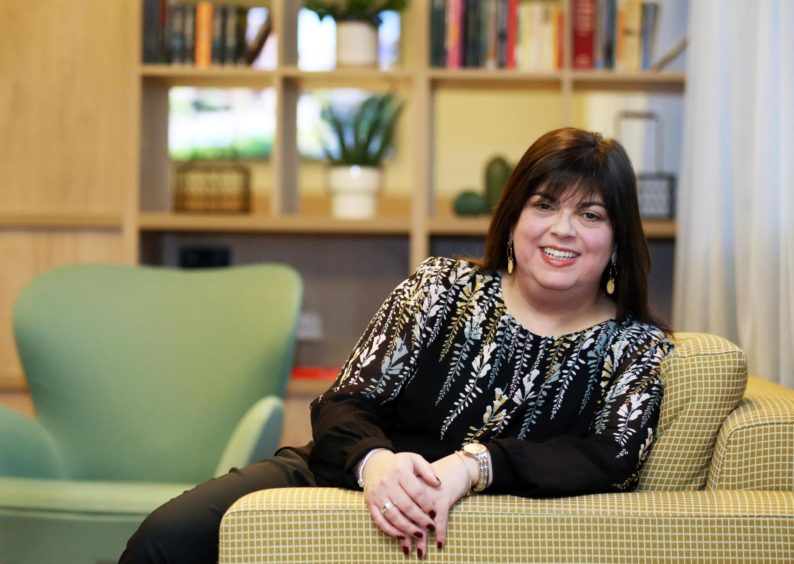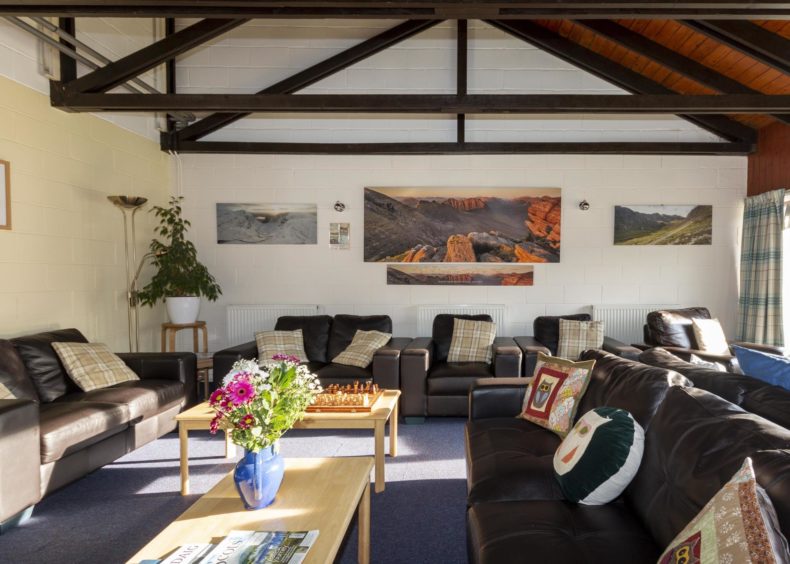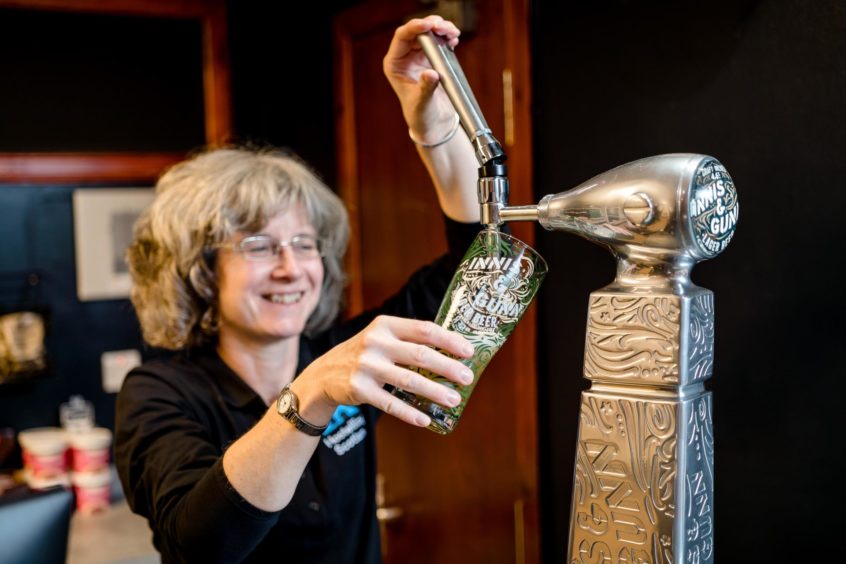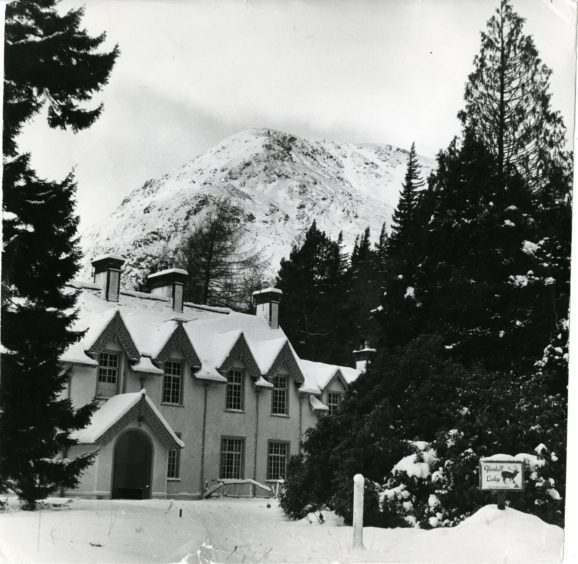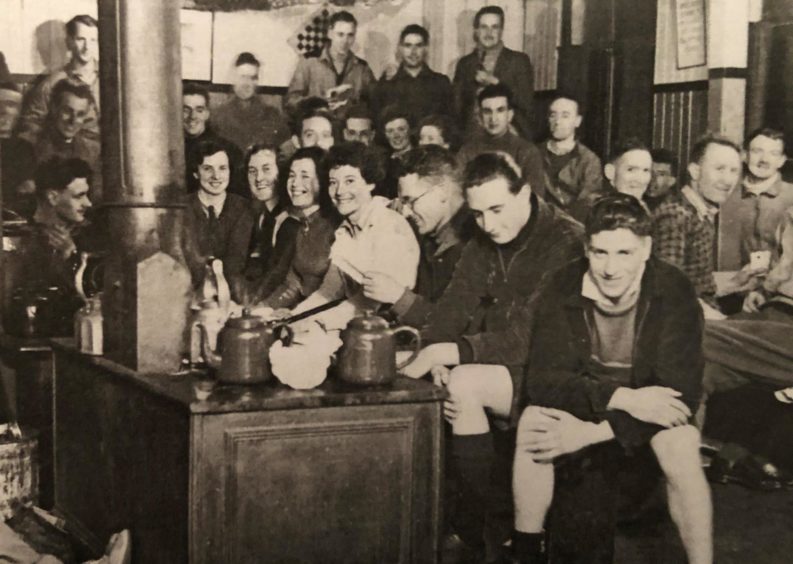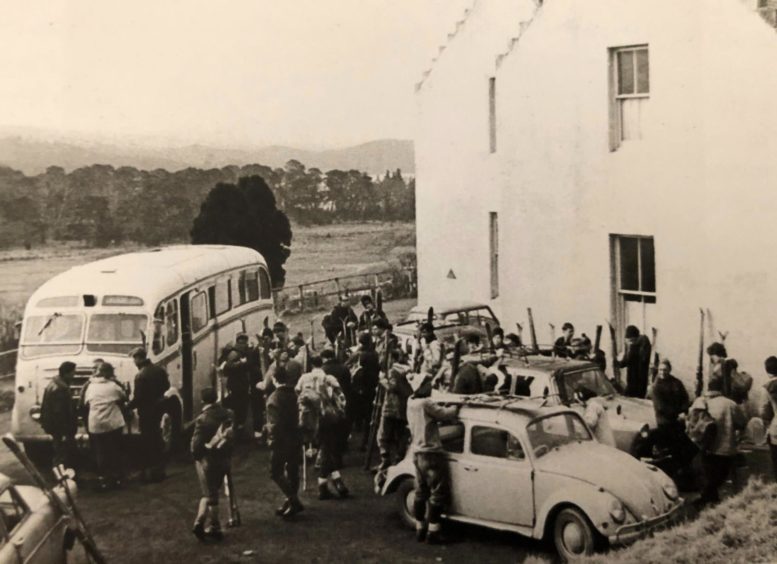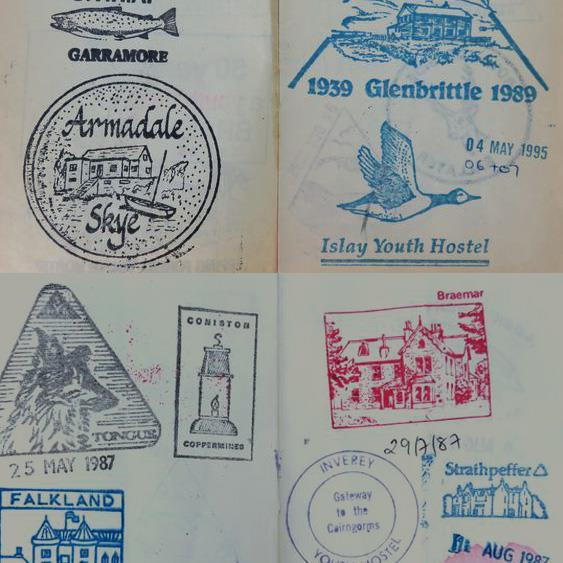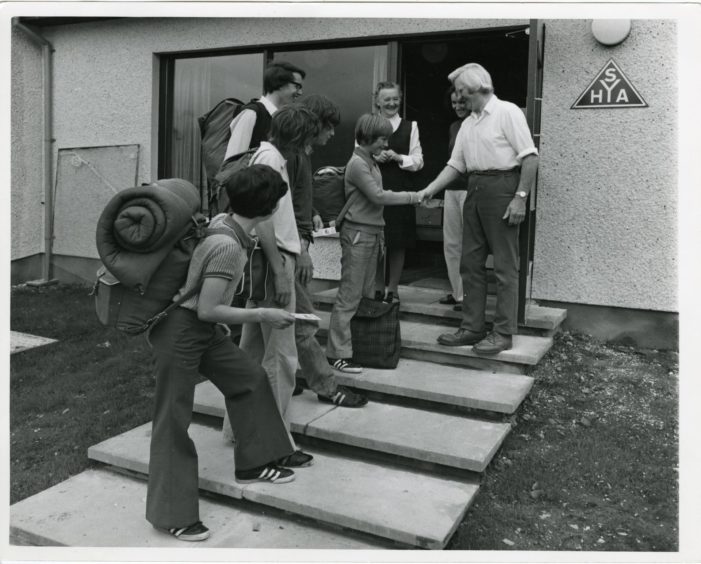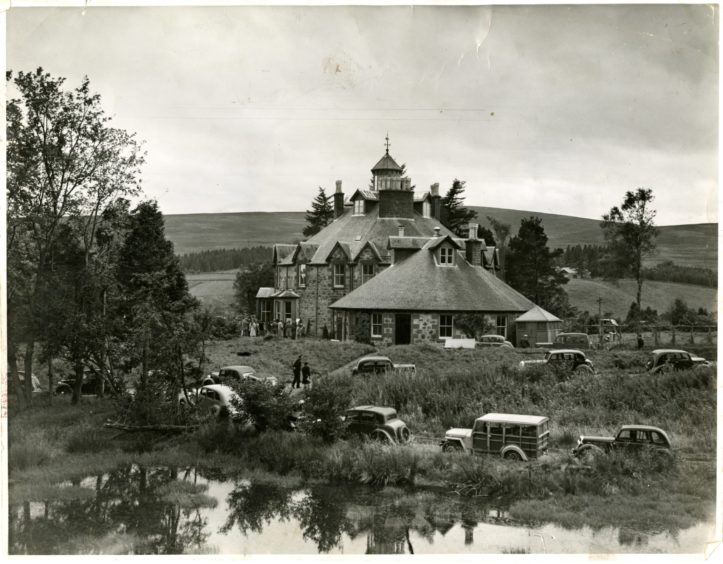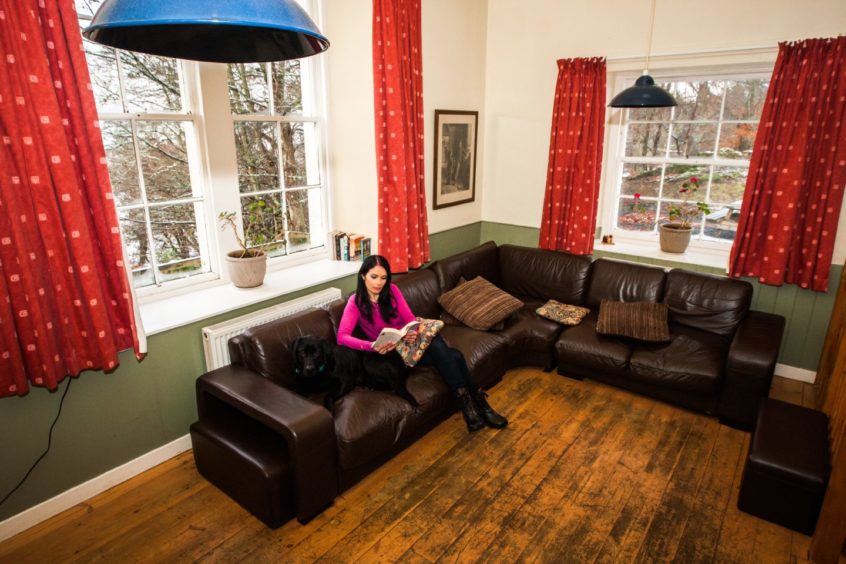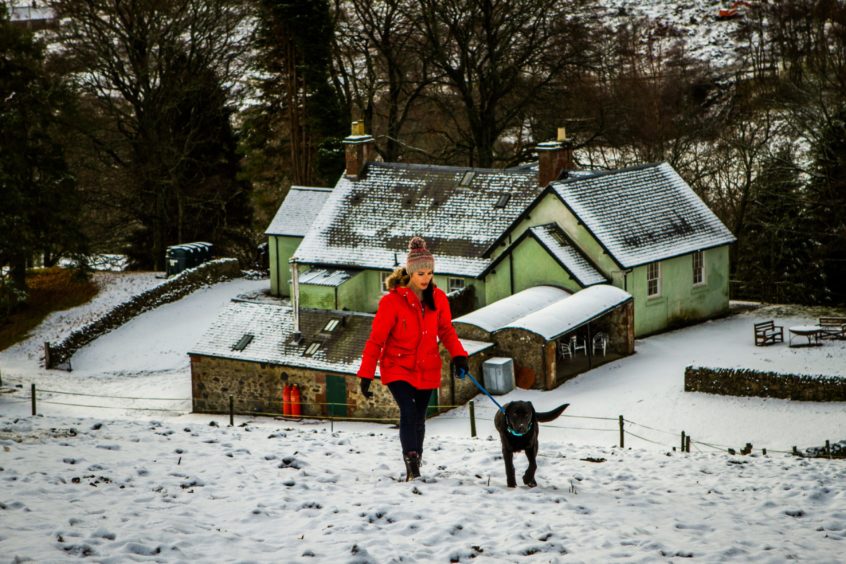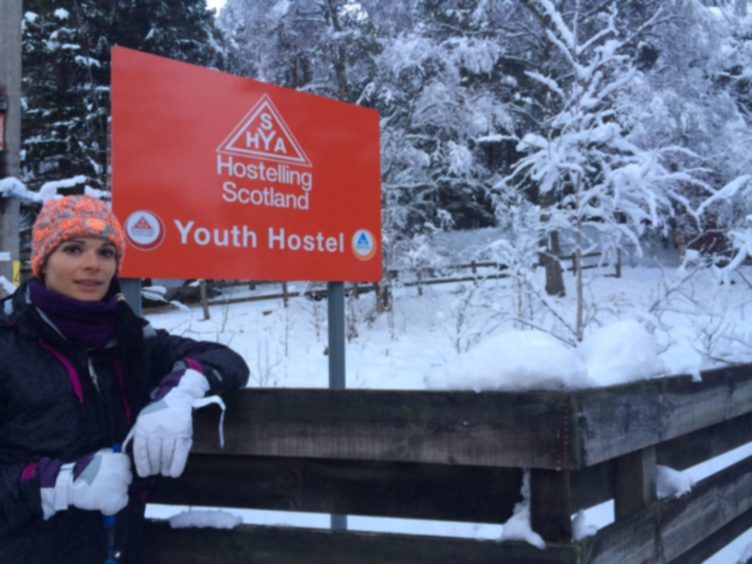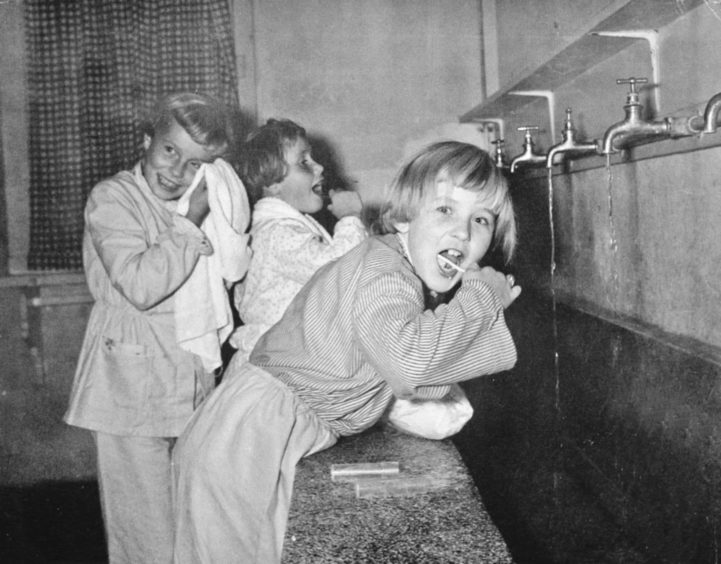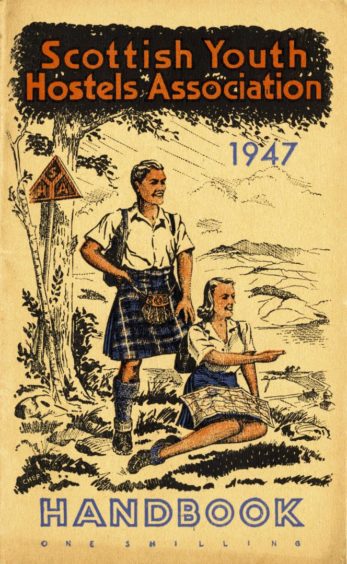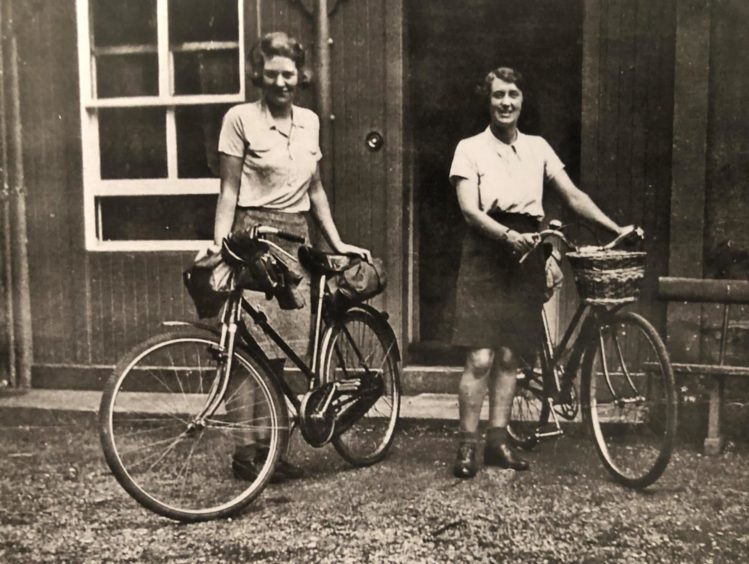As Hostelling Scotland marks its 90th anniversary this month, Gayle Ritchie explores how the organisation has broken away from outdated stigmas and refreshed its identity.
There’s no curfew, no booze ban and no need to scrub the loos – welcome to hostelling in Scotland in the 21st century.
Hostelling Scotland, which celebrates its 90th birthday this month, has come a long way since it launched as the Scottish Youth Hostels Association (SYHA) in 1931.
And the charity has, over the last five years, gone through the most radical period of modernisation in its history.
These days it offers modern, high-quality and affordable accommodation – including private rooms with ensuites – as well as bike-repair stations and in some locations, cafe bars, sitting alongside traditional dorms and drying areas.
Sadly, stigmas can be hard to shake and for decades, SYHA hostels were regarded by some as old-fashioned and austere, with all-day lock-outs, stern-faced wardens, intolerance of alcohol, chores and dorms.
When it formed in 1931, the charity’s main objective was to provide hostels where, for a small charge, walkers – especially young people – could obtain a night’s lodging and experience Scotland’s wildlife, heritage and culture.
Fast forward to 2021 and while SYHA’s ethos remains the same, hostellers’ expectations have changed.
Margo Paterson has been at the helm of a huge modernisation programme since she took on the role of Hostelling Scotland’s chief executive in 2017.
That was the same year the new name was launched alongside a cheery new logo.
Major changes to the properties had begun to come into force under Margo’s predecessor, Keith Legge, who introduced a move towards a broader range of accommodation, offering private rooms in addition to the more traditional dorms, with huge amounts of cash being invested in bringing hostels up to modern standards.
“Our mission has been and continues to be to make more of Scotland more accessible to more people, especially young people,” says Margo.
“Our hostels are a home from home and by listening to and understanding the changing needs of our guests, we have, over the last five years, gone through the most radical period of modernisation in our history.”
Today, Hostelling Scotland offers a wide range of accommodation choices, such as a bed in a shared room, private and ensuite rooms, along with other initiatives including “Woof Hostelling” for people with dogs, exclusive private hire of hostels and quirky accommodation such as the camping pod recently installed in the ground of Glencoe Youth Hostel.
“People can relax with a glass of wine or a beer, have a coffee and a bite to eat in our cafes, as well as making use of our self-catering areas, comfy lounges, drying rooms and secure bike storage – when the time is right it’s safe to do so,” says Margo.
“I hear more and more people saying, wow, hostelling is so different to what it was in the 40s and 50s, but it’s great it’s still alive and well.
“We’re very proud of our history and our contribution to Scotland over the last 90 years.”
Margo regards any stigmas associated with hostelling, whether around chores or officious wardens, as outdated and a “generational thing”.
The truth is, hostellers haven’t done chores since 1995, alcohol has been allowed for years, and it has actually been sold by some hostels since 2006.
“People do talk about the old days but they usually have wistful memories of cleaning porridge pots or helping to sweep the dorms,” says Margo.
“Expectations have changed and the great news is that today’s hostellers won’t have to do any chores! The only thing we ask people to do is to have a fantastic time!”
People do talk about the old days but they usually have wistful memories of cleaning porridge pots or helping to sweep the dorms.”
Margo Paterson, CEO Hostelling Scotland
Margo says the hostelling ethos is as relevant today as it was in 1931.
“We believe it will play a key role as we come out of the current crisis helping people reconnect with each other, the outdoors, nature, culture and heritage.
“People are desperate to get out and about and we look forward to welcoming guests back when they can travel again and it’s safe to do so. Hopefully we’ll be able to reopen in late spring or early summer.
“The safety of our people, our guests and the local communities in which we operate remains our priority.”
Veteran hosteller
Retired tax officer Robert Hunter is a huge fan of hostelling, and has stayed in “literally hundreds” of hostels in Scotland, across the UK and abroad.
The 82-year-old from East Kilbride had his first SYHA experience in 1954, at Crosbie in Ayrshire.
“You had to get your membership card stamped in those days and I have hundreds of stamps – a reminder of all the places I’ve stayed,” he says.
“Nobody really had cars back then so if you wanted to go anywhere, you walked or cycled.
“Hostels enabled me to tour all over Scotland, staying in affordable accommodation.
“I went from hostel to hostel, all over the Highlands, Perthshire, the Cairngorms, the Borders, Lanarkshire, Glencoe, Skye, Glen Nevis, Loch Lochy, Oban, Stirling, Arisaig… the list is endless.”
Robert often “took over” hostels as part of hillwalking clubs who booked them out for the weekend.
“We would climb Munros and then end up at a remote hostel like Loch Ossian in Corrour,” he recalls.
True to form, he stayed at Glenbrittle Youth Hostel in Skye for his 70th birthday – a welcome respite after scaling the infamous Inaccessible Pinnacle!
Hostels enabled me to tour all over Scotland, staying in affordable accommodation.”
Robert Hunter
Like many veteran hostellers, Robert has witnessed the changing face of SYHA over the decades.
He recalls, with some degree of fondness, the “duties” required of guests, whether cleaning up, mopping, scrubbing, sweeping or taking the bins out.
“I never had any issue doing duties,” he says. “It was just what everyone did.
“I remember sweeping dormitories, emptying bins, cleaning the kitchen and tidying the common room.
“It only took about half an hour and was expected of you. Yes, some people had to clean the loos although I managed to escape that particular chore!”
One thing Robert misses about hostelling is what he describes as the “relaxed” approach to bookings.
“Often, I’d turn up at a hostel in the middle of nowhere having climbed a series of Munros or cycled miles. Even though I hadn’t booked, the warden would kindly pop a mattress down in front of the fire and let me stay the night – as long as I was gone early in the morning!
“The last time I tried that, it was about 10.30pm and I’d staggered through snowstorms up the steep hill to Stirling Youth Hostel next to the castle.
“It was full of football supporters and I was told there was no way I could get in. That was disappointing but with modern-day health and safety rules, I suppose it wasn’t surprising.
“Recently, when I was in Inverness, I cycled up to the hostel and was surprised to see groups of tourists getting out of taxis with their suitcases. Things have changed, for sure.”
However, one thing Robert doesn’t miss is the lack of hot water and showers.
“It was a big improvement when they introduced this!” he says.
“I remember washing in cold water in zinc troughs in some hostels.
“At the Kendoon Hostel in Dumfries and Galloway, you had to pump your own water. And at Loch Ossian in Corrour, you got your water out of the loch!
“I don’t think people would enjoy doing that in this day and age!”
Gayle’s experience
Back in 2016, I stayed at two hostels – Glen Prosen in the Angus Glens and Braemar in Aberdeenshire – writes Gayle Ritchie.
My faithful hound, Toby, accompanied me on both adventures, thanks to the charity’s dog-friendly policy, on offer at some, but not all, of its sites.
It was midweek when we visited Prosen, one of SYHA Hostelling Scotland’s 27 affiliates, and we were lucky enough to have the entire building to ourselves.
We could’ve put on the telly or played board games, but I was quite content to sit in front of the fire with a wee dram watching the twigs crackle and burn. Simple pleasures.
We did pop out for a midnight walk, heading up the glen with a torch. The skies were clear and the stars were bright, silhouetting the peaks of the Cairngorms.
Back at the hostel, I glugged down a second dram and indulged in a steaming hot shower before battening down the hatches.
With four bedrooms to choose from, I plumped for the family room, which had two bunks and two single beds.
Flipping through entries in the visitor’s book, the overall feeling was one of delight to be here in this peaceful, isolated spot, and I was happy to add my own glowing review of this special, secret bolt-hole.
Converted from an old primary school, the 18-bed bunkhouse boasts all mod cons and is graded a four-star hostel by VisitScotland.
The following weekend, Toby and I checked into Braemar Youth Hostel, a former shooting lodge set in extensive grounds on the outskirts of the Aberdeenshire village.
We were greeted with a smile by the manager, offered advice on dining out, asked if we wanted breakfast the following morning, and told we could buy beer and wine from behind the desk.
I was very glad of my single room (I’ve never been a fan of dorms), which was spic and span and boasted an extremely comfy bed.
As I rooted around in the huge self-catering kitchen, I chatted to various SYHA members – families, couples and solo travellers from across the UK and beyond.
Some had driven up from England for the weekend and were on a mission to bag Munros and ski at Glenshee, while others were using the hostel as a base for walking and cycling.
Most agreed the communal spaces were a fantastic way to meet like-minded people, and that being able to cook their own meals helped keep costs down.
Another facility revered by hikers, climbers and cyclists was the drying room – essential for bog-trotting walkers and Munro baggers.
After dinner at a nearby hotel, I returned to the hostel to enjoy a wee glass of wine in the homely lounge when I encountered two families playing cards and a couple are watching telly.
I was in bed for 11pm, up for 7am and digging into a lovely continental breakfast by 7.30am.
Prior to these two extremely positive hostelling experiences, I hadn’t been inside one since I was a teenager.
My memories, I must admit, weren’t that great, revolving largely around sharing dorms with a bunch of rustling, snoring strangers with pungent body odour.
I found the privacy of a private room – and the welcome for my dog – to be right up my street.
Certainly, hostels are fantastic launch pads for adventures and there’s one for every occasion, in a stunning array of locations across Scotland, from five-star Edinburgh Central, with its licensed bar and cafe, to Loch Ossian, a small, homely eco-hostel which is a five-hour walk in.
And despite the fact they’re called youth hostels, you don’t have to be young to stay in one – you can be nine or 109.
- To mark Hostelling Scotland’s 90th birthday, the charity is offering free lifetime membership to any babies born in February 2021. Each membership is worth £150 and offers the chance to save money every time people book a hostel stay.
- For more details, see hostellingscotland.org.uk
